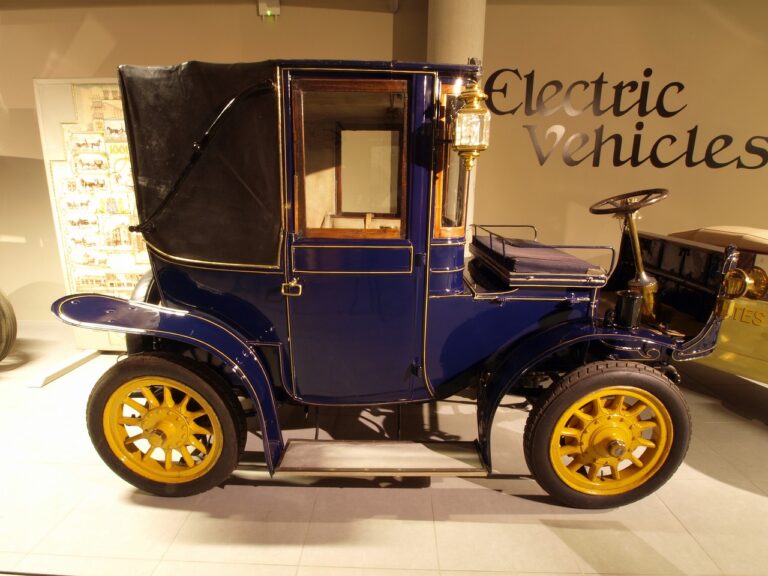Exploring the Role of Digital Twins in Automotive Manufacturing Simulation: 11xplay reddy login, Gold365 registration, Skyfair
11xplay reddy login, gold365 registration, skyfair: Exploring the Role of Digital Twins in Automotive Manufacturing Simulation
Automotive manufacturing has evolved significantly over the years, with advanced technologies playing a crucial role in streamlining processes and improving efficiency. One such technology that has gained prominence in recent years is digital twins. Digital twins are virtual replicas of physical assets, processes, or systems that enable real-time monitoring, analysis, and optimization.
In the automotive industry, digital twins are being used extensively in manufacturing simulation to simulate and optimize production processes, improve quality control, and reduce time-to-market. Let’s explore the role of digital twins in automotive manufacturing simulation and how they are revolutionizing the industry.
What are Digital Twins?
Digital twins are virtual models that replicate the physical attributes and behavior of a product, process, or system. They are created using a combination of data from sensors, IoT devices, and software applications to provide a real-time simulation of the physical entity. Digital twins are used to monitor performance, predict outcomes, conduct what-if scenarios, and optimize operations.
In the automotive industry, digital twins are being used to simulate manufacturing processes, such as assembly lines, robotic operations, and quality control inspections. By creating a virtual replica of the production environment, manufacturers can identify potential issues, test different scenarios, and optimize processes before implementation in the real world.
Role of Digital Twins in Automotive Manufacturing Simulation
1. Process Optimization: Digital twins enable manufacturers to simulate manufacturing processes in a virtual environment and identify opportunities for optimization. By analyzing data in real-time, manufacturers can improve workflow efficiency, reduce downtime, and enhance productivity.
2. Quality Control: Digital twins facilitate real-time monitoring of manufacturing processes, allowing manufacturers to detect defects, deviations, and anomalies early on. By conducting virtual inspections, manufacturers can ensure that products meet quality standards before they are produced in large quantities.
3. Predictive Maintenance: Digital twins enable predictive maintenance by monitoring the performance of machines and equipment in real-time. By analyzing data from sensors and IoT devices, manufacturers can identify potential issues before they occur and schedule maintenance proactively.
4. Supply Chain Optimization: Digital twins are being used to optimize supply chain operations by simulating logistics, inventory management, and transportation processes. By analyzing data from different sources, manufacturers can improve coordination, reduce costs, and enhance visibility across the supply chain.
5. Real-Time Decision-Making: Digital twins provide real-time data and insights that enable manufacturers to make informed decisions quickly. By analyzing data from sensors, machines, and processes, manufacturers can respond to changing conditions, optimize operations, and improve productivity.
6. Simulation and Training: Digital twins are used for simulation and training purposes to familiarize operators with new equipment, processes, and workflows. By creating virtual replicas of manufacturing environments, manufacturers can conduct training sessions, test scenarios, and assess performance in a risk-free setting.
Challenges and Opportunities
While digital twins offer numerous benefits to the automotive industry, they come with their own set of challenges. One of the key challenges is the integration of different data sources, systems, and technologies to create a comprehensive digital twin model. Manufacturers need to invest in advanced analytics, IoT devices, and sensor technology to gather, analyze, and visualize data effectively.
Another challenge is the need for skilled professionals who can develop, implement, and maintain digital twin models. Manufacturers need to train their workforce in data analytics, simulation software, and IoT technologies to leverage the full potential of digital twins.
Despite these challenges, digital twins present significant opportunities for the automotive industry. By adopting digital twin technology, manufacturers can improve operational efficiency, reduce costs, enhance product quality, and accelerate innovation. Digital twins are paving the way for a more connected, intelligent, and efficient manufacturing ecosystem.
FAQs
1. What is the difference between digital twins and traditional simulation models?
Digital twins replicate the physical attributes and behavior of a product, process, or system in real-time, whereas traditional simulation models are based on predefined assumptions and scenarios.
2. How are digital twins created in automotive manufacturing?
Digital twins are created using a combination of data from sensors, IoT devices, software applications, and simulation tools to create a virtual replica of the production environment.
3. What are the key benefits of using digital twins in automotive manufacturing?
Digital twins enable process optimization, quality control, predictive maintenance, supply chain optimization, real-time decision-making, and simulation and training in automotive manufacturing.
4. What are the challenges of implementing digital twins in automotive manufacturing?
Integrating different data sources, systems, and technologies, and skill gaps in workforce are some of the key challenges in implementing digital twins in automotive manufacturing.
5. How can manufacturers leverage digital twins to enhance operational efficiency?
Manufacturers can leverage digital twins to monitor performance, predict outcomes, conduct what-if scenarios, and optimize operations in real-time.
In conclusion, digital twins are playing a crucial role in revolutionizing automotive manufacturing simulation. By creating virtual replicas of production processes, manufacturers can optimize operations, improve quality control, and enhance productivity. As digital twin technology continues to evolve, we can expect to see further advancements in automotive manufacturing that will drive innovation and efficiency in the industry.







